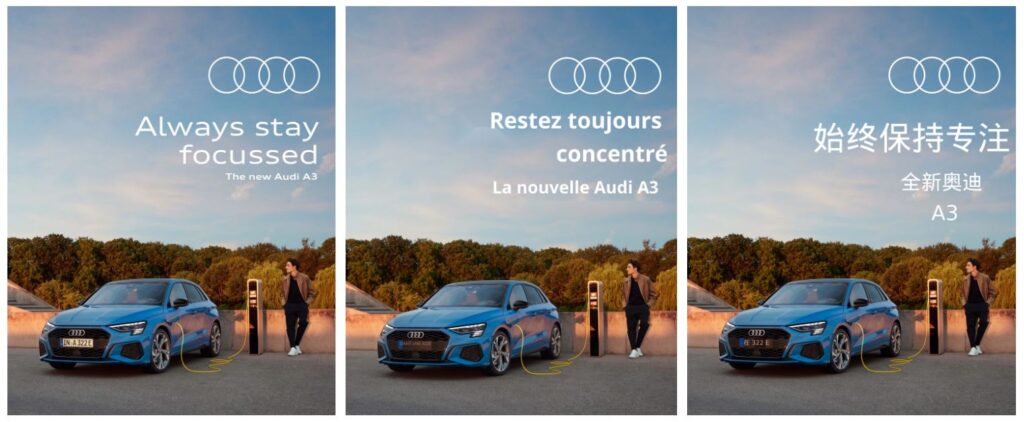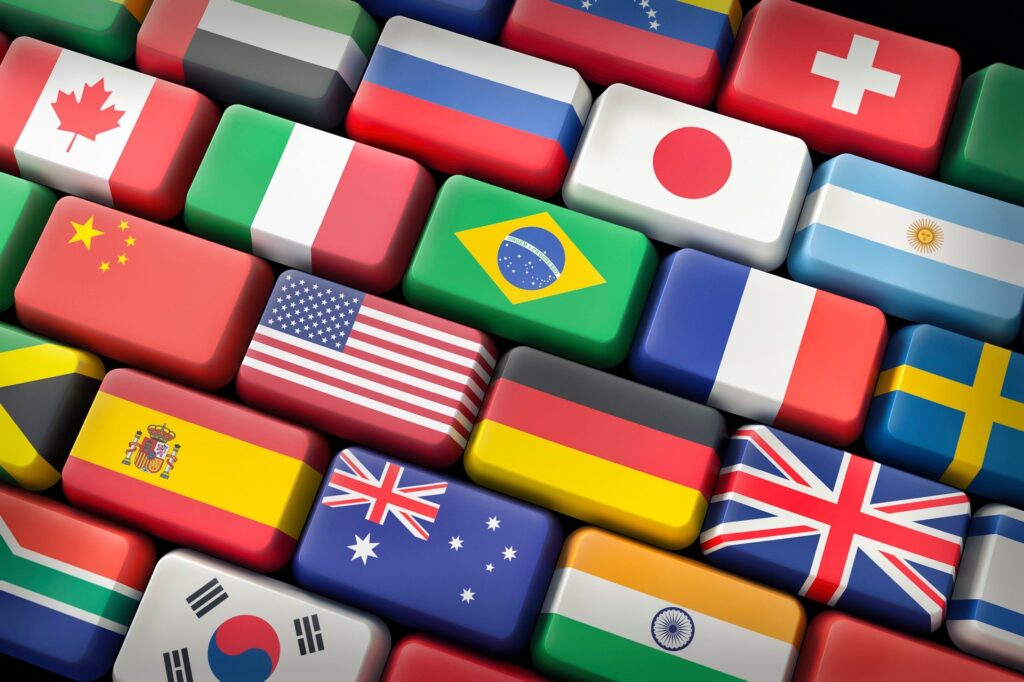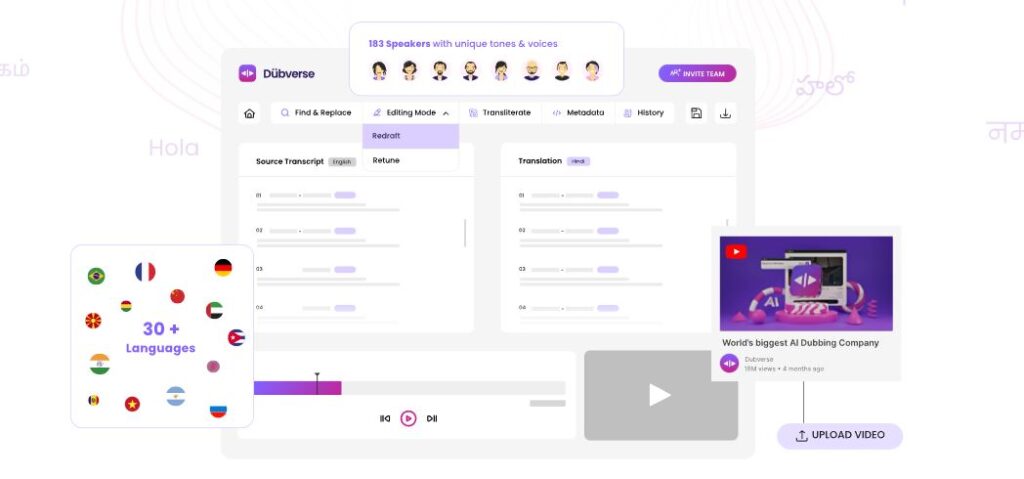As of 2023, there are over 7000 languages spoken around the world. In today’s globalized world, where businesses are expanding their reach beyond borders, multilingual ads have become essential for effective marketing. A survey conducted by Common Sense Advisory reveals that 75% of consumers prefer to buy products in their native language. They also found that 90% of consumers are more likely to make a purchase if the website is available in their native language.
So what does this mean for global creators and brands?
If you want to connect with a truly global audience, you must speak their language — both literally and figuratively.
Multilingual ads that take cultural differences into account ensure that your message is understood and well-received by people from different backgrounds. They also demonstrate that you value diversity and inclusivity, which will help you build meaningful connections with people from all over the world, and grow your audience in the process.
In this blog, we’ll discuss the how you can leverage localization and create successful and effective multilingual ads.

How to Grow your Audience with Multilingual Ads?
Step 1: Know thy audience
As with researching for any ad campaign, knowing the details of your target audience: from their demographics to their individual variance in preference, is key. Identify the language(s) spoken by your target audience.
In some places, like India, regional dialects can vary immensely within the same location. Delve deeper into the consumer habits and identify the primary and secondary languages to tailor your ad campaigns and messaging.
Step 2: Content (localization) is king
Translating content into your target audience’ language is only half the work. Localization involves adapting your content to local social conventions, idioms, and references. Use culturally relevant images and references to strengthen relevance, which can lead to higher engagement rates, increased click-throughs, and ultimately better ROI.
Localization builds trust and credibility with your audience, as it shows that you have taken the time to understand their unique needs and preferences.

Step 3: Leverage language-specific keywords
Not all keywords translate literally from one language to another, so using an automated translation tool might not be enough. Moroever, customers from different locations might pair keywords differently in their search. So, research the keywords that are commonly used in the languages of your potential customers. Regional keywords can improve your ad’s visibility and performance. You will reach a wider audience who is actually looking for your product or service.
Step 4: Utilize your free arsenal of in-built tools
Social media platforms like Facebook and Instagram have in-built tools that make it easier to target multilingual audiences based on language preferences. These tools allow advertisers to create separate ad campaigns for different languages and target users based on the languages they speak, their location and other demographic factors.
Using the toolkit, you can select specific countries or regions where a non-English language is dominant while simultaneously targeting the consumer demographic that has shown interest in your product. These options make it easier to create multilingual campaigns that appeal to people most likely to be interested in your services.
Step 5: Monitor and adjust accordingly
Keep a track on the performance of your ad campaigns and adjust them as needed. Use data to see which languages and ad formats are performing the best and which ones may need improvement. It will also help you to identify and address any issues or errors that may be hindering their performance.
For example, you can test different ad formats, language variations, or targeting options to identify combinations that generate high engagement and conversion rates. Continuous testing, measuring, and adjusting your campaigns ensures that you are getting the most out of your ad spend.
Take it Up a Notch: Localization Beyond Ads

The ultimate goal is to reach out and connect with more people from different corners of the world. To enjoy the maximum returns on your localization efforts, ensure you localize content throughout your buyers’ journey:
- Text: The ad copy is converted into the target language while considering cultural preferences and norms. Often, humor and certain phrases may not make sense in other languages or cultures. So, you must find a relevant substitute to retain the messaging. It is more about interpretation than translation.
- Images and graphics: Images and graphics should also be relevant to the target audience’s preference. For example, design ethics, use of colors and images can vary widely between cultures and regions.
- Website content: As a brand or creator, your ads will drive your audience to your website at some point; therefore, it is essential you remain consistent in your brand voice. Landing pages for multilingual ads should be localized too to offer a seamless buyers’ journey.
How can I create multilingual ads?
AI tools like those offered by Dubverse are helping creators and brands go global and create high-quality, multilingual content. Dubverse’s AI software can dub or subtitle videos, podcasts, ads or other media content in any language in just a few seconds, making it easier than ever for brands to reach a global audience.
One of the key features of Dubverse’s software is its ability to generate natural-sounding voice overs in multiple languages using AI-based text-to-speech technology. This allows creators to quickly and easily produce high-quality content in any language, without the need for expensive voiceover artists or lengthy dubbing processes. You also get instant subtitling in multiple languages, which is a more cost-effective option for creators and brands looking to add multilingual content to their existing videos.

Going Multilingual is Easier than Ever
All in all, by speaking to customers in their own language, businesses can connect with them on a deeper level, build trust, and increase brand loyalty. Multilingual ads also demonstrate a company’s commitment to diversity and inclusivity, which can enhance its reputation and appeal to a wider audience. With the rise of digital marketing and the increasing diversity of the consumer market, it’s clear that multilingual ads are the future of marketing.



